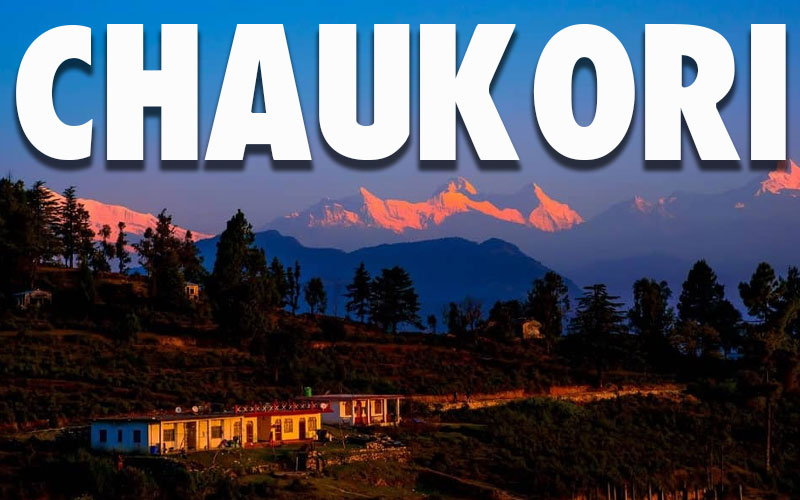Tourism has long been one of the world’s largest and fastest-growing industries, with both developed and developing countries relying on it for economic growth. Although urban and mainstream travel destinations have always been popular among travellers, the demand for offbeat and rural tourism has grown exponentially in recent years. This article aims to make a compelling case for rural tourism in India and how accessing the most remote parts of the country has become easier in this day and age.
Mahatma Gandhi once said, “True India resides in its village.” Indian villages have a unique diversity and cultural rituals that are extremely valuable to the tourism industry. Because of the recent growth in the Indian rural tourism market, many Indian villages have now found a place on the tourist map. It not only gives the villagers a much-needed additional source of income but also allows visitors to interact with them and gain a rare insight into their way of life. The villages are said to be at the heart of India.
The rise of reliable chauffeur driven car rental services like Savaari has immensely simplified accessibility across the length and breadth of the country.
Why visit Rural India – Back to our roots
Most city dwellers long to escape the madness of the city every now and then. They seek a place of serenity and peace to disconnect from work and reconnect with their roots. Come to think about it, we have all experienced rural tourism in our own unique ways at some point. School vacations were spent at ancestral homes, running around with cousins, playing in the front yard, and visiting the farm to steal mangoes from the neighbour’s trees. Back then, all of this felt like routine. Something we all did every summer. But as we grew older, vacations started to become a thing of the past, and our trips to our roots became a luxury.
This is when we realise how important it is to reconnect with our roots and experience the simple lives of rural dwellers. Although rural tourism in India is thriving, better connectivity and amenities are needed to help it reach its full potential and attract even more visitors, as it has the potential to become a source of sustainable livelihood for rural communities.
[Also Read: Summer Rural Travel Nostalgia]
Rural Tourism Post COVID-19 – A Ray of Optimism
The pandemic has forced most of us to stay indoors for the last two years, which has fueled our desire to travel. As a result, a new set of less-known and less-visited destinations may emerge. If this trend continues post pandemic, sooner than later we will step into a world where travel will be fully democratized and everyone will be able to access the remotest of areas.
New travel destinations emerged when the desire to travel outweighed the desire for comfort during the pandemic. People’s perspectives shifted as a result of COVID-19. After the pandemic, most people developed a mindset that was ready to explore remote and unique locations rather than the stereotypical tourist destinations that most of us are accustomed to. This provides a significant boost to the rural economy.
With proper planning and implementation, rural India has the potential to become a tourist destination. However, the Indian village experience is not easily accessible. Many things need to be improved, such as roads, sanitation, drinking water, food, electricity, healthcare, and so on. With COVID-19 and the push to explore uncharted territory, world-class infrastructure is not necessary to entice visitors to visit villages as their new destination. Tourists may not care about other facilities if there are good roads to the location and plenty of lodging in the villages. But what is the government doing about it?
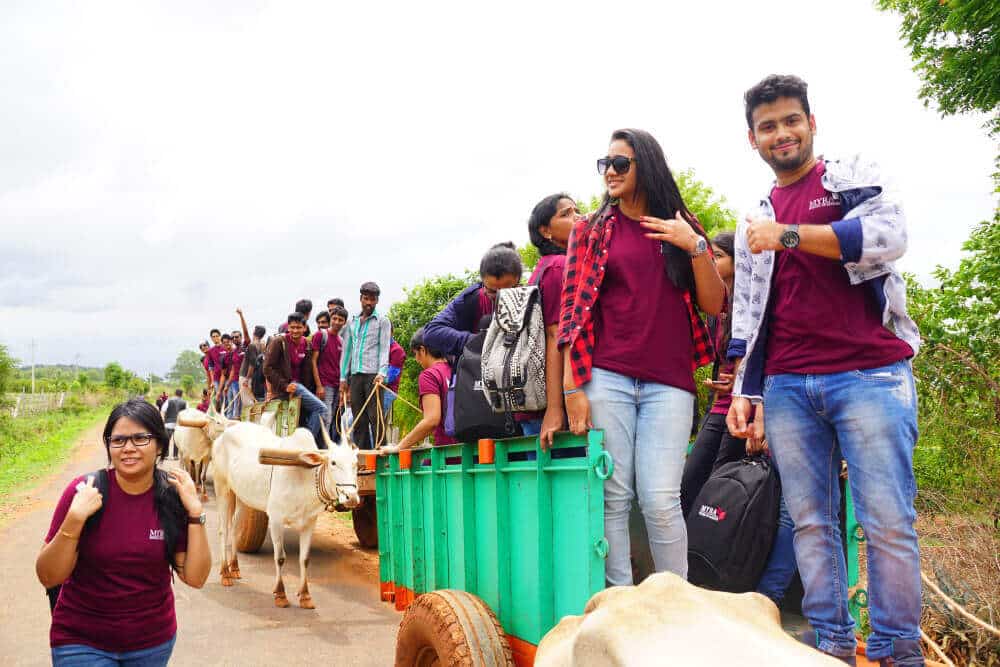
The Government’s Efforts in Promoting Rural Tourism
Rural tourism continues to hold a very small share of the Indian tourism market, even though it can be a valuable contributor to the rural economy. Recognizing the enormous potential of rural tourism in India, the Ministry of Tourism has developed a National Strategy and Roadmap for the Development of Rural Tourism in India – an initiative aimed at Atmanirbhar Bharat. The Indian government has also viewed it as a potential tool for developing remote villages. The national strategy and roadmap for rural tourism development aim to prioritise rural tourism at the national level. It also aims to bring together various programmes addressing issues such as poverty, women’s empowerment, and rural economic development.
Developing and promoting local agricultural and handicrafts through tourism can generate income and jobs in rural areas while also empowering local communities, youth, and women, thereby fulfilling the government’s goal of self-reliance. Developing digital technologies for rural tourism, developing clusters for rural tourism, providing marketing support and increasing the capacity of stakeholders while strengthening governance and the institutional framework are some of the strategic pillars of this policy.
[Also Read: Haats and Bazaars, Local Experiences and the Culture of Odisha]
The Benefits of Rural Tourism – Stimulating Economic Growth
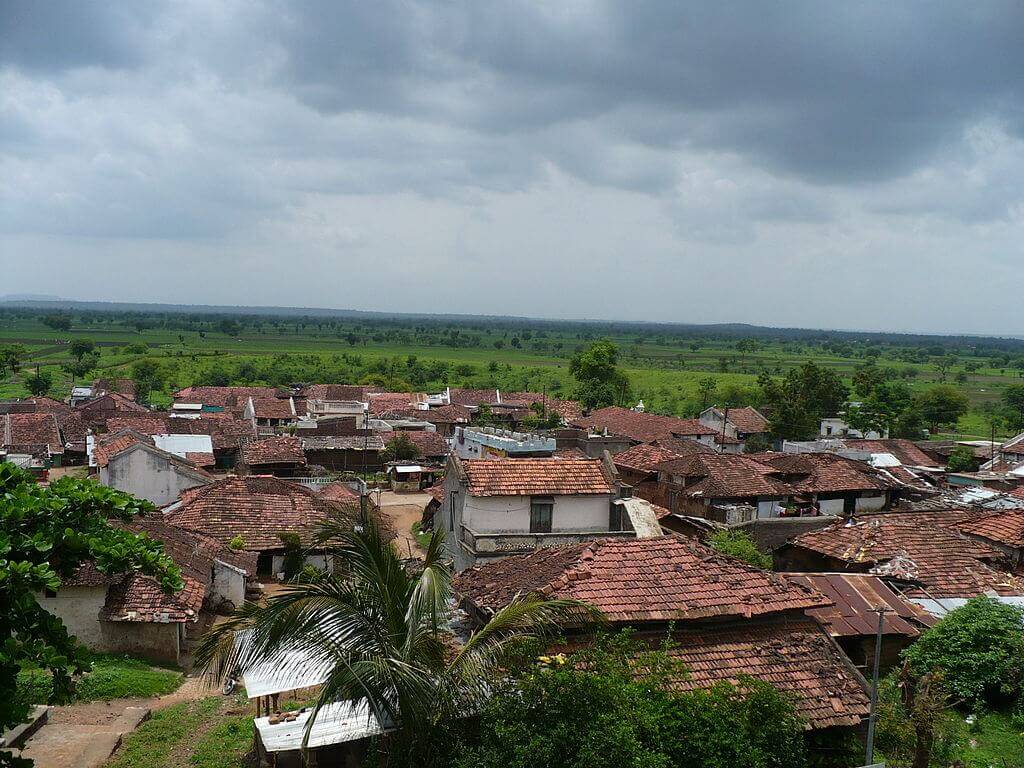
Rural tourism promotes the social and economic development of rural residents. It provides alternative employment opportunities for locals while also reducing out-migration. Rural tourism also plays an important part in reviving traditional culture, craft, and art by providing rural producers with marketing opportunities to sell their products and services directly to tourists. Developing and promoting local agricultural and handicrafts through tourism can generate income and jobs in rural areas while also empowering local communities.
Tourists rarely get to see the real India; they rarely get to experience India in its natural state. Promoting rural tourism has a lot of benefits, as it primarily allows tourists to experience and explore India’s rich heritage, and it allows people living in rural India to make a living through tourism. Rural tourism promotes the social and economic development of rural residents. It provides alternative employment opportunities for locals while also reducing out-migration. Here are some benefits of promoting rural tourism:
- Reducing the reliance on agriculture: Agriculture is the sole source of income for the rural masses in India. However, rural tourism has emerged as a potential tool for reducing their reliance on agriculture.
- Reviving traditional culture and art – Rural tourism promotes the revival of traditional art, craft, traditions, and culture, providing rural producers with marketing opportunities to sell their products and services directly to tourists.
- Alleviating poverty – Rural tourism has the potential to alleviate rural poverty. Local communities can shape their societies both economically and socially with the help of rural tourism.
- Foster entrepreneurship – Rural tourism is a new concept in India that requires creative, energetic, and enthusiastic young people. It has broadened the career opportunities for these young entrepreneurs.
How Does Rural Tourism Benefit Rural Communities – A Catalyst to New Opportunities
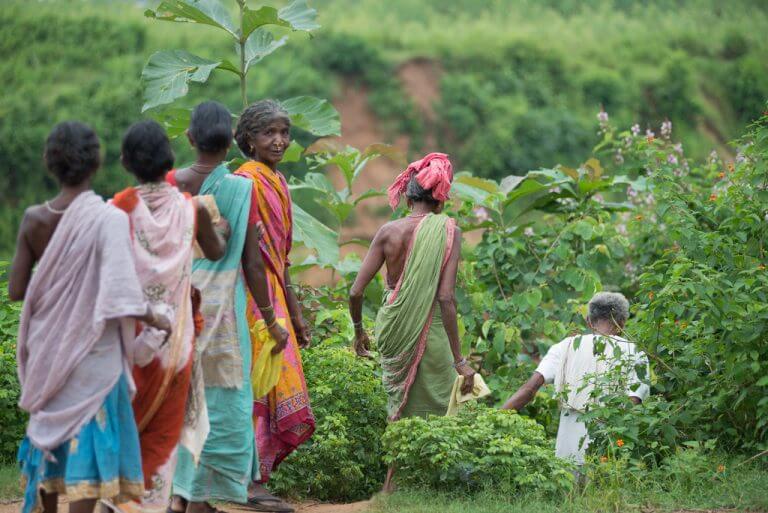
- Job creation – The main benefit of promoting rural tourism is the creation of job opportunities, particularly for those who do not have agricultural land to meet their economic needs.
- Developing new skills – To cater to tourists, the entire tourism and hospitality industry requires specific skills. When tourists begin to visit the local areas, members of the local community begin to learn new skill sets.
- Cultural exchange – It also promotes culture because a local community shares their culture and traditions with tourists, learning about their cultures in the process.
- Reduces urban drift – One of the challenges that most countries face is the movement of people from rural to urban areas. The promotion of rural tourism reduces urban drift by providing people with job opportunities in their communities. Furthermore, with the rise of tourism comes infrastructure development, which encourages people to stay in their communities rather than migrate to urban areas.
- Improves residents’ quality of life – Because social interaction occurs between tourists and locals, rural tourism has enormous potential to improve residents’ quality of life. They have global access to information, products, and services. As the number of tourists increases in this region, the local government begins to build infrastructure such as roads, electricity, and hospitals.
- Opportunities for entrepreneurship – The tourism industry has enormous potential for new business opportunities, as interested individuals can venture into a variety of support services. There are numerous entrepreneurial opportunities available as a result of the rural tourism industry.
- Builds community pride – Rural tourism can also help to diversify communities by allowing locals to start leveraging their existing resources for economic and social benefit. Communities with unique resources can earn a living by improving their skills and boosting community pride.
- Environmental advantages – With increased tourist traffic in any community, there is a risk of environmental degradation. On the other hand, landscape conservation can be promoted to preserve authenticity. It can also encourage local communities to adopt eco-friendly practices.
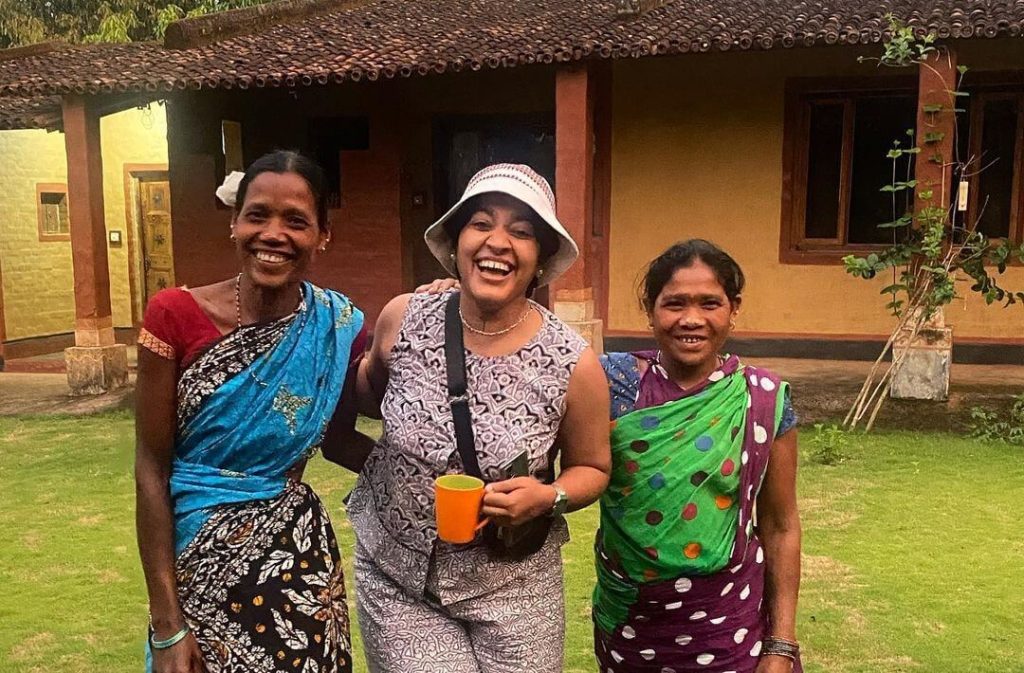
- Improves sustainability – Rural tourism has the potential to provide a sustainable livelihood to rural communities as a source of income regardless of the seasonality factor. Because rural economies are predominantly agricultural, there is always the risk of seasonality, which can affect rural people’s income-generating opportunities. In such a scenario, rural tourism can provide a sustainable source of income for rural residents.
- Women empowerment – Women have more opportunities to participate in the growing village economy as tourism grows in rural communities. Female workers can be employed in a variety of tourism service delivery processes, such as housekeeping, food and beverage delivery, and so on.
Rural Tourism Preservation – An Effort to Conserve
The preservation of rural heritage will aid in the promotion of tourism and development in rural India. The Indian Trust for Rural Heritage and Development (ITRHD) is an NGO dedicated to the preservation of Indian heritage and culture in rural India.
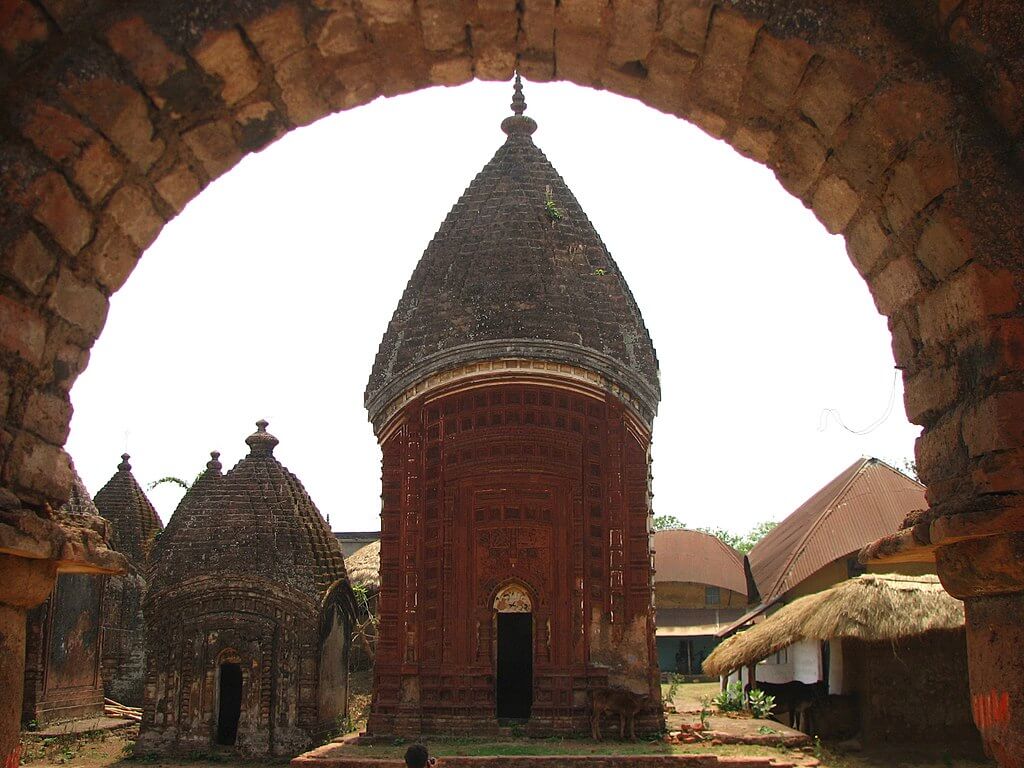
The ITRHD is currently emphasising on the conservation efforts at Maluti, a 17th–19th-century village of terracotta temples in Jharkhand. Prime Minister Narendra Modi launched the Maluti Project. The project entails preserving 62 of the 108 temples that were in poor condition. Such conservation efforts will not only help to boost tourism in rural India but also raise cultural awareness among the locals.
Rural India’s Accessibility – Exploring India, one roadtrip at a time
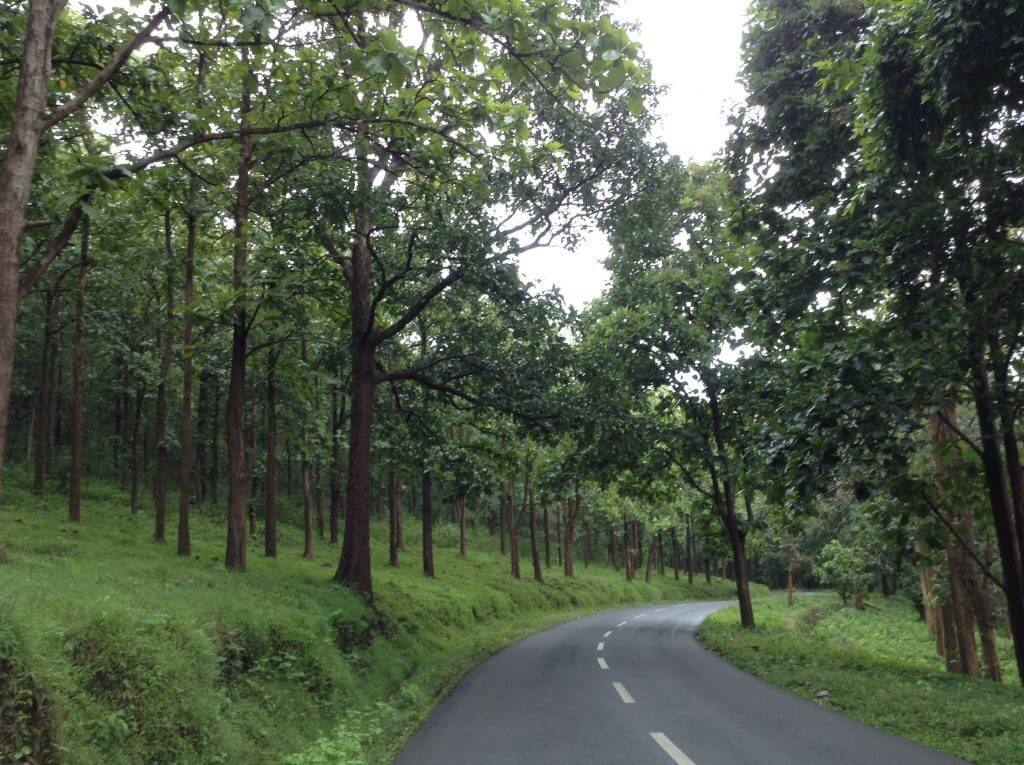
Most rural areas are accessible by road as most of these regions lack flight connectivity. Good physical connectivity in urban and rural areas is essential for economic growth. The vast road network of India includes approximately 65,600 km of national highways; 64,200 km of state highways and major district roads, and approximately 2.7 million km of rural roads. Despite the fact that nearly 70% of India’s population lives in rural areas, approximately 40% of rural areas are not connected to all-weather roads, even after seven decades of independence. Where they were linked, the quality of the roads was not always of the highest quality. Several rural roads became unsuitable for motorized traffic due to insufficient funds from the state, poor maintenance, and earthen tracks, particularly during the monsoon season.
The Bharatiya Janata Party (BJP), as it did in 2014, has made big promises on rural infrastructure in its 2019 election manifesto. Road connectivity for all villages in the country is one of them. Thanks to the government’s focus on building highways at breakneck speed, road travel is presently the best mode of accessing rural India. One of the most significant achievements of the Narendra Modi government has been its remarkable success in constructing roads and highways against seemingly insurmountable odds. In the recently concluded fiscal year 2021, the country built a record 13,505 kilometers of national highway at a breakneck speed of 37 kilometers per day. This was more than the government’s target of 11,000 km set before the fiscal year began in March 2020, and it is dangerously close to road transport and highway minister Nitin Gadkari’s ambitious goal of building 40 km of highways every day.
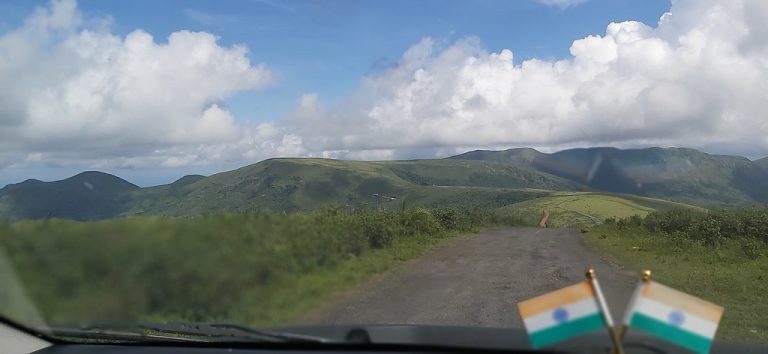
It also includes providing better accessibility to the northeastern states and those with difficult terrain like hills, deserts, tribal and backward areas. The North East region of India is a remote region with natural beauty just waiting to be discovered. A good road network can encourage people to explore North East India. The Center has approved 16 projects in the North Eastern region under the Swadesh Darshan Scheme, which focuses on the integrated development of theme-based tourist circuits. The Modi government has made significant efforts to connect the North Eastern states and the region with the rest of India via rail, road, and air links. Approximately Rs 10,000 crore will be spent under this scheme on 19 road projects totalling 869 kilometers in length.
India is also on the verge of a digital revolution. The technology being used in the country for the digital payment ecosystem in the toll and transit space has advanced significantly. One such example is when the Ministry of Road Transport and Highways (MoRTH) decided to use advanced technology for toll collection on national highways. Tolling-related technologies are currently gaining traction for accepting digital payments in lieu of cash at toll plazas. With a focus on implementing an effective and efficient toll collection system, electronic toll collection (ETC) emerged as the key solution for enabling a quick, efficient, and cashless payment option for toll fare collection. The implementation of e-tolling would help vehicle users reduce their fuel costs and cut the average waiting time by around 10 minutes at the toll plazas and will enable several significant improvements in traffic control by enabling faster throughput and reducing congestion, as well as reducing or eliminating toll revenue irregularities. As a result, there will be more convenience and transparency, and this can help with better accessibility to rural areas.
Savaari Car Rentals – Providing a Backbone to Rural Tourism
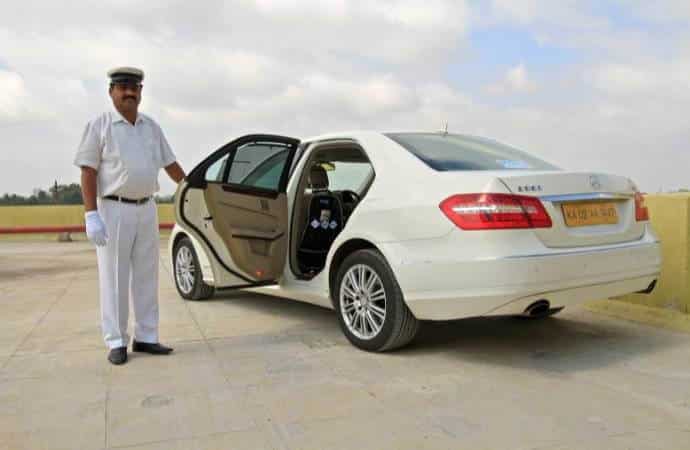
Rural tourism gives you a great deal of exposure to different cultures that breathe in the interiors of India. It is so varied and vibrant that a whole lifetime is too short to explore it completely. A road trip to the off-beaten paths above clouds to scenic landscapes is the best way to soak in the raw experience of rural India. From mysterious, unexplored wonders to a cultural heritage that will leave you inspired, a trip down the narrow rural back roads, past unspoilt landscapes of swaying palms, rice fields, and mud huts, gives one a chance to truly dwell in the authentic rural experience.
Rise of reliable chauffeur driven car rental services like Savaari has simplified accessibility across the country, allowing city dwellers to escape the madness of the city. In the summer of 2022, Savaari took the road less traveled, into the treasure trove of tribal markets, rolling hills of the Eastern Ghats, and delicious tribal cuisine. We produced a three part documentary about the journey, that gives you several reasons why a rural roadtrip on a taxi should be on your travel bucket list.
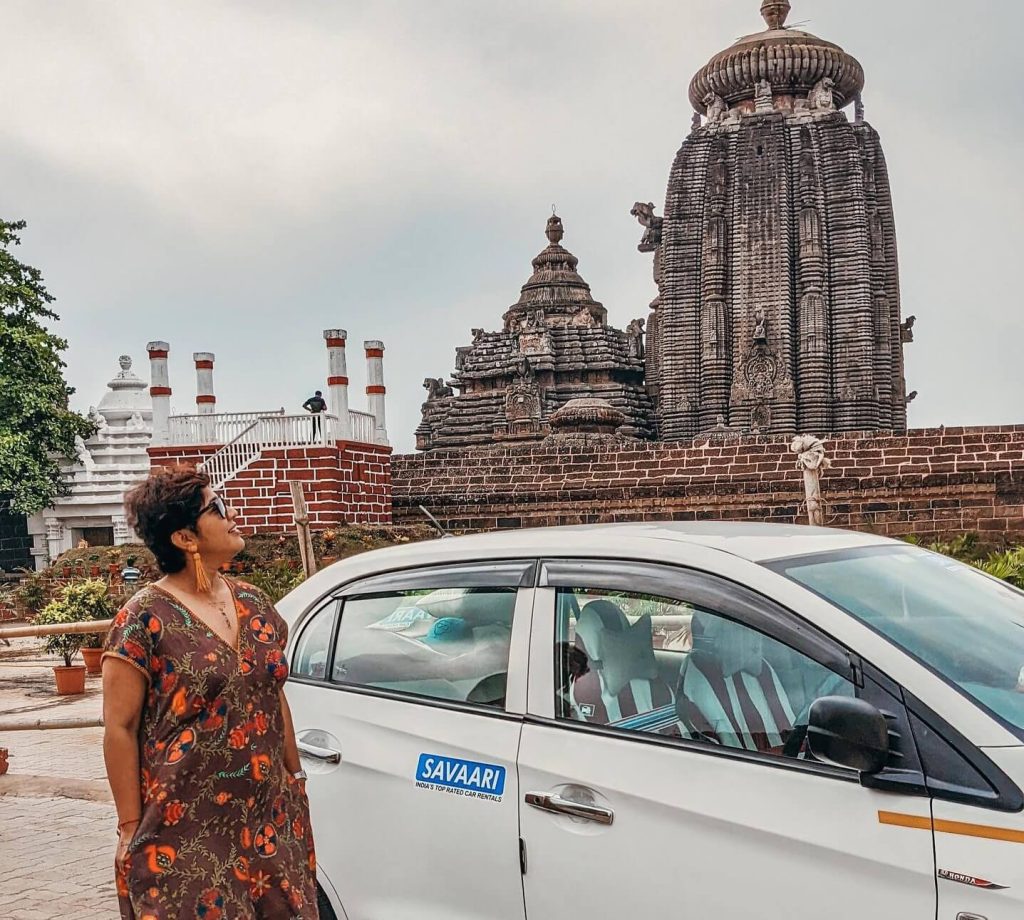
At Savaari, we believe in capturing the true rural experience. Driving down with a chauffeur and exploring the rustic villages is like a symphony composed of strings of beauty painted with myriad cultures. Untrodden by the hands of industrialisation and urbanization, rural tourism offers travellers a pristine and indigenous experience, and we aim to motivate everyone to step out and experience rural India. Download our cab booking app for safe and trusted car rental services so that on your way back, the only thing on your mind are the memories you’re going to carry throughout your life.

